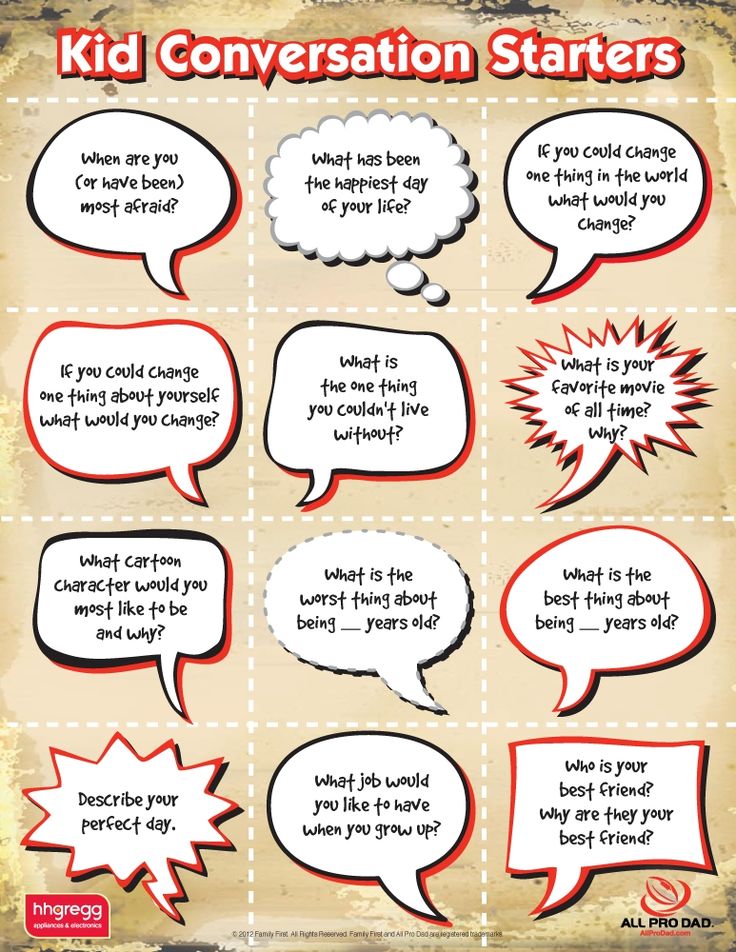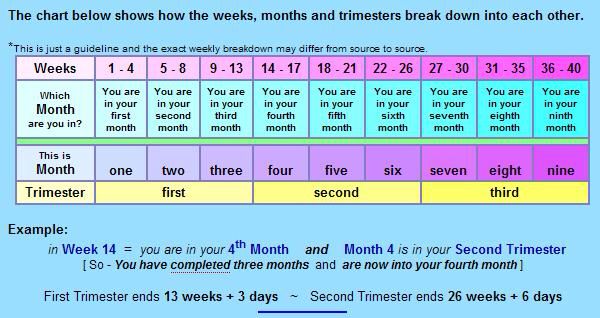How to help a fidgety child
Sensory Hacks to Focus a Fidgety Child (That don't involve a Fidget Spinner)
129423 shares
(Inside: Do you know a child who seems to always have something in their hands? They’re always touching something? These hacks for a fidgety child might be just what you need!)
Fidgets seem to be all the rage right now.
With all the banning of fidget spinners in schools everywhere, people are starting to see “Fidgets” in a whole new light.
My fear is that with all this national media attention, that fidgets will get a bad name and many will dismiss fidgets as an actual helpful device.
Don’t believe me? Read the following list and see if this sounds familiar…
Do you know a child who seems to always have something in their hands? They’re always touching something?
Does this child seem to need extra help staying focused during activities? If so, I think I have some sensory hacks to help you focus any fidgety child.
Sensory hacks can be a great alternative to the newly famous fidget spinners.
I thought it would be really helpful to do a mini-series of Sensory Hacks that could be used to help with many of the difficult behaviors that are often linked to sensory needs.
A couple weeks ago, I shared some sensory hacks for the angry child, which continues to be extremely popular. I hope you like these ideas just as much!
{THIS POST MAY CONTAIN AFFILIATE LINKS TO MATERIALS I RECOMMEND. ANYTHING YOU PURCHASE THROUGH THESE LINKS HELPS SUPPORT LEMON LIME ADVENTURES. THANK YOU IN ADVANCE FOR CHOOSING TO SUPPORT US.}When I was in the classroom, I always had those kids! You know the ones.
They touch everything.
While I was teaching they would tie and untie their shoes 15 times, or tug on the little girl’s hair that sat in front of them.
Better yet, some of them would tap their pencils while the rest of the class was diligently working.
At home, it’s no different. My oldest son (9) has to have something in his hands at all times. He has to pull, stretch, squeeze and move his fingers at all times.
If he is not fidgeting his fingers, they go straight to his mouth.
That’s why over the last few years I have made it a point to find and collect simple, easy to make sensory hacks for a fidgety child.
Sensory Hacks for Fidgety Fingers
If you have a fidgety kid, you might have already researched the best fidgets on the market. You might have even purchased a few that you love.
I know we have this hand fidget and we love it and take it everywhere.
However, sometimes you need something that doesn’t cost money.
You need something that doesn’t matter if your kiddo loses it (because you are quite sure they will), and you need more than one thing!
Use Nuts and Bolts to make a simple hand fidget kids can keep in their pockets or at their desks.
Even the most novice seamstress can whip up a simple Fabric Maze using just a little bit of fleece and a marble!
I know we have our fair share of Dollar Store sensory balls, but what about making your very own Sensory Balls?
Have you ever thought of making Hand Fidgets out of pipe cleaners? Yes they can be that easy!
I absolutely love the simplicity of this Shredded Paper Ball.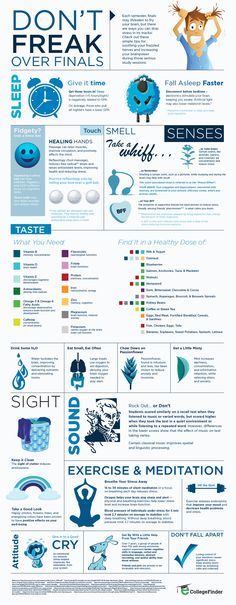
Bead Slides are great for fidgety fingers during read-alouds and under the desk during instruction.
When I was in the classroom, we used to add Velcro Strips under the table and on the chairs to help with the need to touch!
Make a simple desk fidget for kids using just a popsicle stick! Kids will love this silent way to keep their hands active and their brains engaged.
If you have a kid that normally fidgets with their pencils or plays during writing, these DIY fidget pencil toppers are fantastic!
Your LEGO Lover will love making a DIY Lego Fidget Spinner to use during busy times or in the car.
In fact, There are tons of DIY fidget spinners you can make with your kids, just be sure to teach them when and where to use them!
These adorable worry pets are perfect for any kid that needs to squeeze, rub, or hold an item to reduce their worries and wiggles.
We have recently started using a drop of Peace and Calming essential oil before any seated work.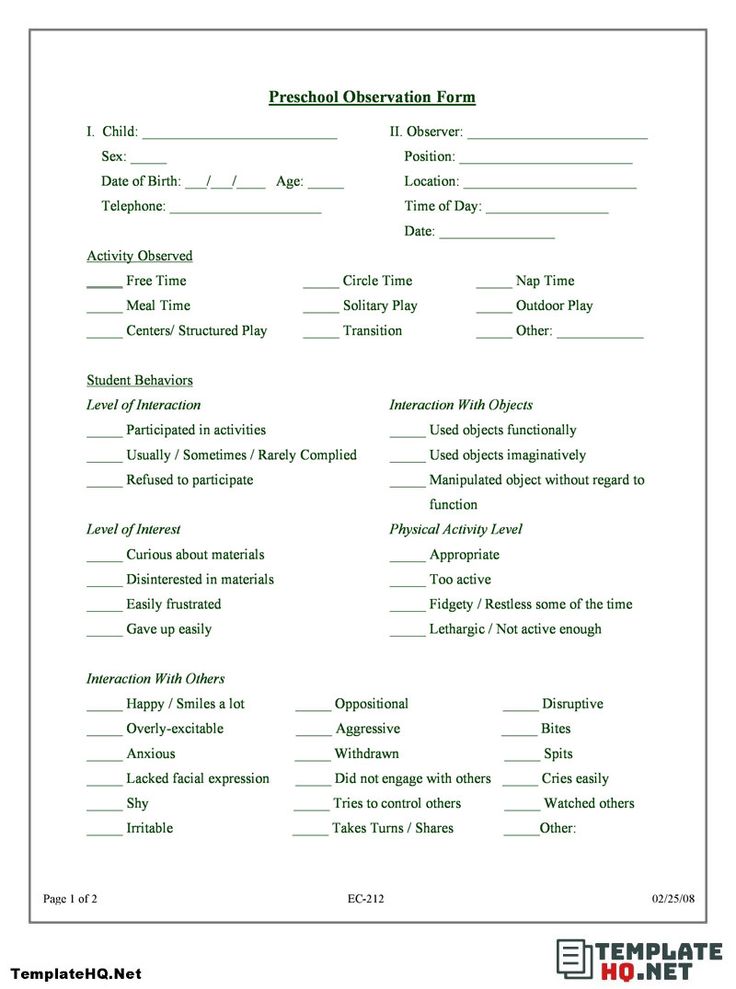
Make a paper pokemon fidget that spins in your fingers to keep hands busy and active.
Appeal to your kid’s creative juices with a colorful DIY paper fidget flextangle.
Don’t forget a DIY Fidget bag to put all the awesome new fidgets in. The bag itself becomes a pretty amazing fidget for busy fingers as well.
Related: 5 Reasons to BAN FIDGET SPINNERS in Every School In America (VIRAL)
Sensory Hacks for Fidgety Feet
Add bands on the bottom of chairs with bungee cords for kids to have something to fidget their feet on.
Don’t have those on hand, you can even use old bicycle tube or a therapy band.
Make a DIY weighted lap pad out of mermaid fabric, and no kid will resist!
Fill a glove with beans for a weighted fidget that is perfect for busy hands and feet!
Weight down a stuffed animal and add pellets to it for proprioceptive input. This is perfect for reading time at the carpet or when your kid needs to settle their feet in the waiting room.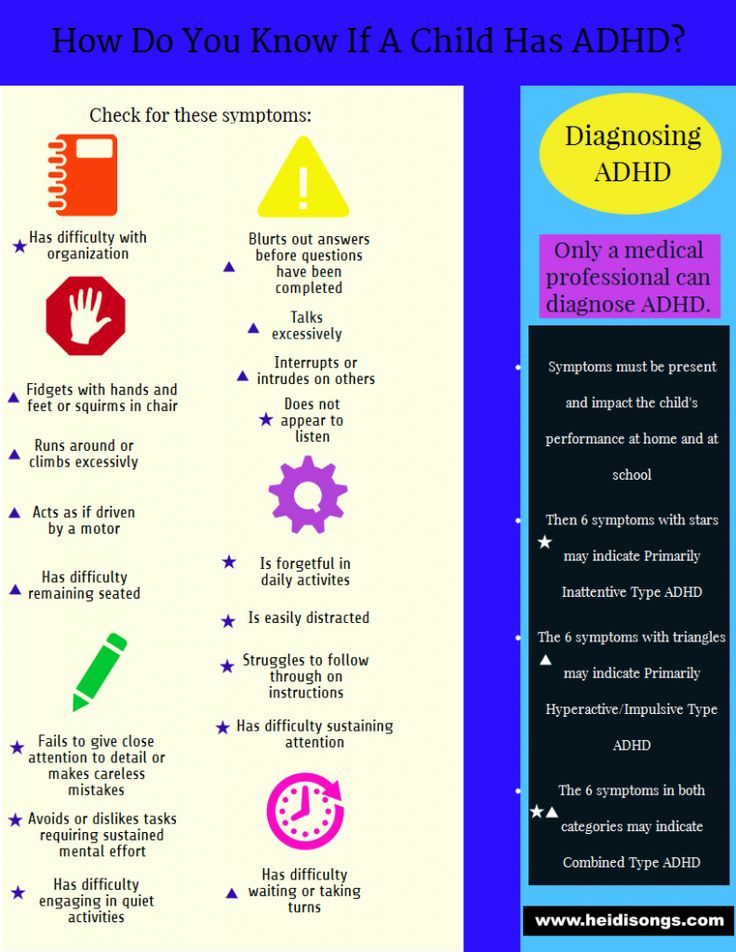
When I went to a friends classroom, I saw that she had added a pool noodle to the bottom of the chair with a rope and I thought it was a brilliant way to get those wiggles out while sitting.
More Sensory Resources For Kids that Fidget
Are you still looking for more resources to help with your fidgeter? Knowing and understanding the why behind the fidgeting is KEY in helping your child! I highly recommend the following links and resources to help you find answers and solutions! Remember, there are usually many reasons a child fidgets and understanding those signals and reasons is incredibly important.
5 Ways to Teach a Kid that Fidgets | Lemon Lime Adventures
What is a Fidget Toy | Inspired Treehouse
More DIY Fidget Toys | OT Toolbox
What is Proprioceptive Input? | Lemon Lime Adventures
5 Reasons to Ban Fidget Spinners in Every Classroom in America (VIRAL POST)
15 Tips to Calm Angry Child | 10 Hacks for an Angry Child | 15 Super Simple Brain Breaks
How about you? Can you relate? Do you have a go to resource when your child starts to get super fidgety? I’d love to hear about it and I am sure other readers would to! Connect with me on Facebook, Twitter, Google+, Pinterest, Instagram or subscribe by email.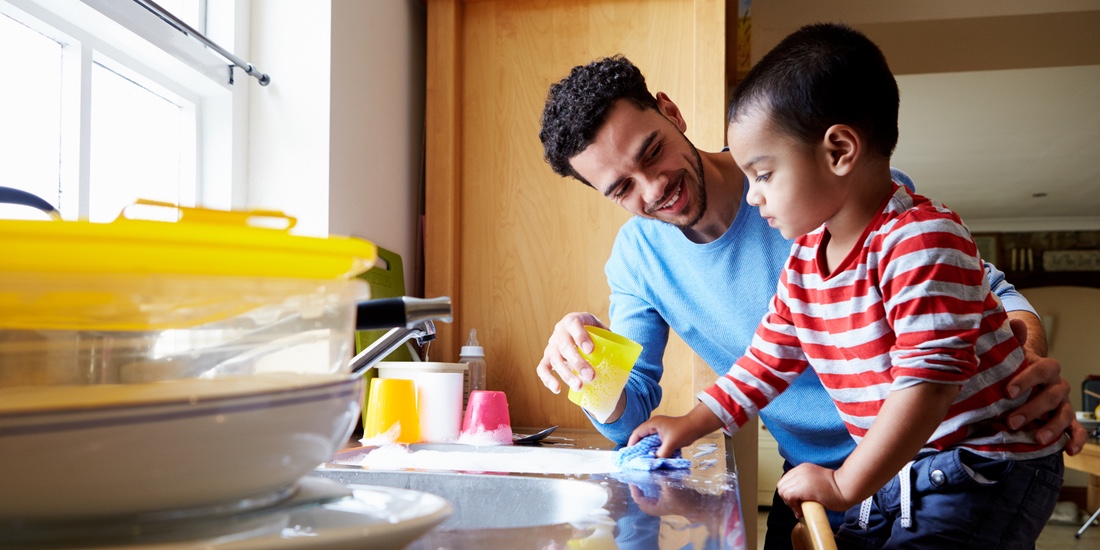 I can’t wait to hear your ideas.
I can’t wait to hear your ideas.
I could seriously go on and on. I have over 100 calm down tools and strategies you can use to help ALL kids focus and feel successful. Take this as a chance to try new things.
More Resources For Dealing with Sensory “Issues”
To help you remember some of these sensory hacks and understand sensory behavior and what to do in the moment, I’ve put together this amazing poster set on how to understand your child’s sensory struggles and discipline sensory meltdowns.
These posters give you tips on how to help your child regulate their sensory needs, and identify what your child’s behavior is really telling you!
There’s also a list of 7 common myths about sensory behavior. I dispel these misconceptions so you can gain a deeper understanding of what sensory really is.
Ok, you might be thinking…
This all sounds great but…
- What should I do when my child is having a meltdown?
- How do I create sensory strategies that are going to help my unique child?
And, - How exactly do I get them to use those strategies in the moment?
In my next blog post, I’ll share how to create sensory tools that are going to help your specific child. I’ll also tell you what to do in the moment when your child is in sensory overload and having a meltdown!
I’ll also tell you what to do in the moment when your child is in sensory overload and having a meltdown!
But right now, download your FREE Handle Any Sensory Challenge posters so you can get a deeper understanding of sensory and start implementing some sensory activities and routines with your family!
Fidgeting Strategies for Kids
Manage Fidgeting in the Classroom and at Home with These Strategies
Fidgeting is a common symptom of neurodevelopment disorders such as ADHD, processing disorders, learning disabilities and Asperger syndrome (ASD). It occurs when your child carries out tasks that are not interesting enough to sustain his or her focus. The additional sensory-motor input gained through fidgeting stimulates your child’s brain, allowing him or her to focus on the task at hand.
Why Does My Child Fidget?
Although scientists have developed different explanations for why children with neurodevelopment disorders fidget, they do not know conclusively why fidgeting occurs.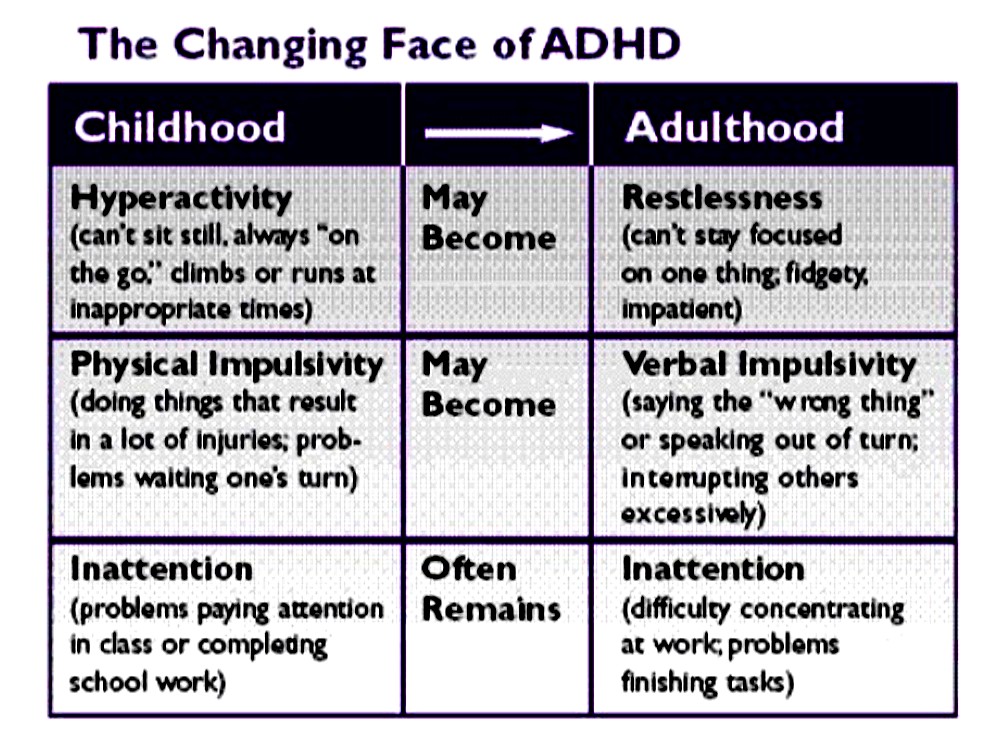 Some think that these children fidget to satisfy their brain’s need for stimulation. Others believe that their brains are incapable of inhibiting the urge to fidget. Implementing certain strategies can help manage the need to fidget so that it no longer interferes with your child’s school performance or disrupt the rest of the class.
Some think that these children fidget to satisfy their brain’s need for stimulation. Others believe that their brains are incapable of inhibiting the urge to fidget. Implementing certain strategies can help manage the need to fidget so that it no longer interferes with your child’s school performance or disrupt the rest of the class.
How Can I Reduce Fidgeting in the Classroom?
Reducing fidgeting and restless behavior in the classroom involves activating the brain enough to sustain a child’s interest without conflicting with the primary task. Teachers can adopt a range of strategies to help manage fidgeting and improve his or her performance in the classroom. Depending on your child’s specific needs, these may involve:
Providing Fidget Objects
Fidget objects that use a sense other than the one required for the primary task at hand may enhance your child’s focus. Fidgets are based on various modalities: visual, auditory, tactile, movement, taste, or smell. As different tasks require different fidgets, it is important to select fidget objects that do not compete for your child’s resources or distract his or her peers. For example, soothing background music played through headphones may enable your child to concentrate better during writing tasks but may disturb his or her focus during listening tasks.
For example, soothing background music played through headphones may enable your child to concentrate better during writing tasks but may disturb his or her focus during listening tasks.
Incorporating Movement into Lessons
Providing opportunities for physical movement by alternating between sitting and standing in the classroom, for example, will satisfy your child’s need for movement and increase his or her focus during periods of restlessness. It can also benefit your child’s peers, too. Studies show that movement in class improves motivation and engagement in children whether or not they have neurodevelopment disorders.
Providing Frequent Breaks
Children with sensory processing disorders have short attention spans and may only be able to focus on a classroom activity for five or ten minutes at a time, particularly if they find it boring or difficult and do not have constant adult supervision to stay on task. Short, manageable activities with ample downtime in between may help reduce his or her fidgeting and sensory issues throughout the school day.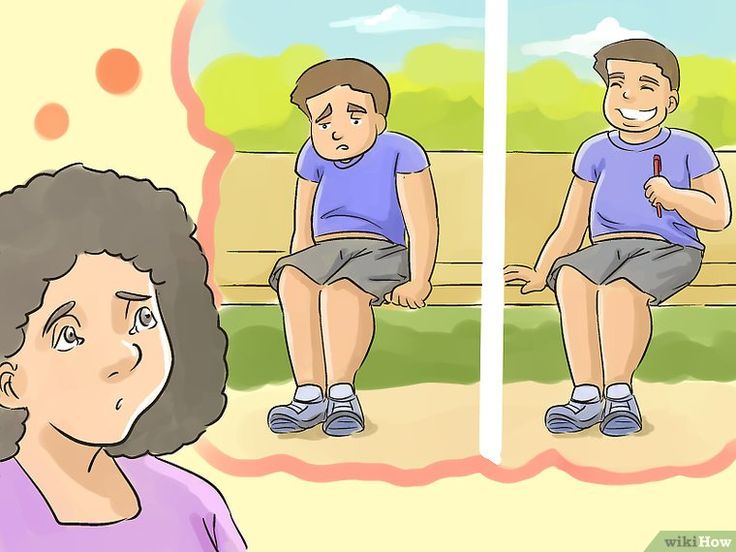
Managing learning disorders, fidgeting and ADHD in the classroom is no easy task. Work with your child's teacher to implement appropriate fidgeting strategies and your child will cope better in academic and social environments.
Reducing or Eliminating the Need to Fidget
To learn more about why our whole-child approach is the most effective way to help your child, contact us online or find a center near you.
Enjoy These Related Articles
Classroom Modifications for Children with ADHD or Concentration Issues
Minimizing Sensory Overload for Kids With Special Needs
Signs and Symptoms of Sensory Processing Disorder
Restless child. What to do?
Of course, every mother loves her child the way he is. And it is important for her that he be inquisitive, cheerful, active. But what to do if you notice that he is too active, restless, often naughty, cannot sit in one place for a long time, concentrate, falls asleep for a long time, shows anxiety and sometimes is uncontrollable .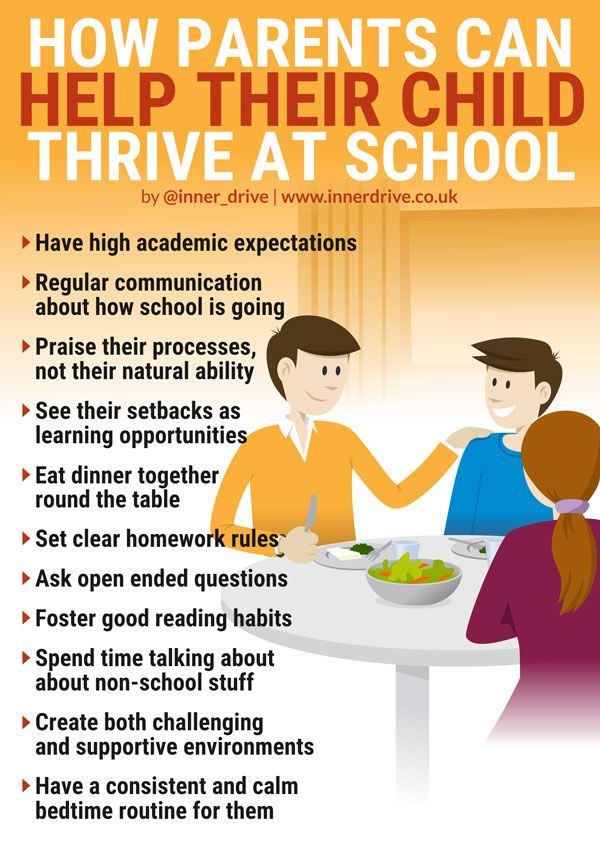 ..
..
And at an older age, anxiety can be of a different nature: stress at school, it is difficult for a child to concentrate, academic performance suffers.
All this cannot be ignored! Let's try to understand this issue.
Reasons that can affect the emotional state and activity of the child, and what to do about it?
Mother's condition: anxiety, anger, irritability. This reflects very clearly on the child. After all, the spiritual connection between mother and child is much stronger than it might seem at first glance. This invisible connection is present not only in infancy, but also at a much later age. Therefore, the mother of an anxious, restless child, first of all, should pay attention to her emotional state and take some measures to combat stress.
Active games with strong emotions. Especially if adults participate in the game, who also violently express their emotions - with shouts, remarks, emotional gestures, etc.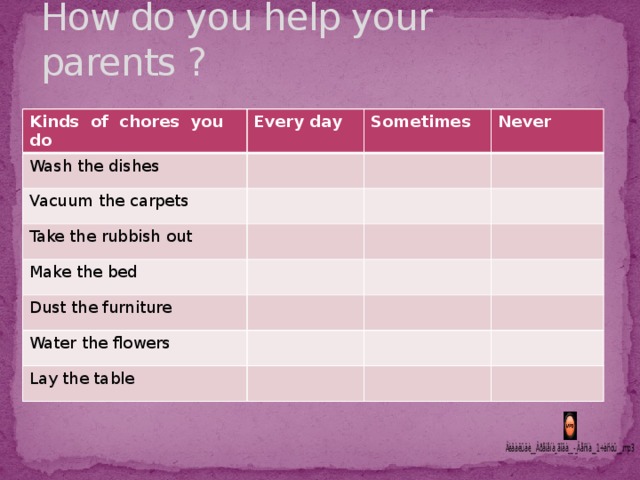 Only an adult will very easily move from a state of play to a state of calm, but a child has not yet developed such a skill of quickly switching emotions. For this reason, he may need more time to calm down. Therefore, try to carry out all such games and activities in the morning so that this does not affect sleep.
Only an adult will very easily move from a state of play to a state of calm, but a child has not yet developed such a skill of quickly switching emotions. For this reason, he may need more time to calm down. Therefore, try to carry out all such games and activities in the morning so that this does not affect sleep.
Being in a society of the same active children. As a rule, the activity of a child next to the same active companion doubles. And if you know about your problem, then it is better not to lead a child to such a team.
Lack of certain hormones in the body. In a state of rest, immobility, the production of some hormones is slowed down, so the child unconsciously has to move in order to start the production of this hormone. Only a doctor can determine this. For this, most likely, you will have to pass tests.
Active or hyperactive
If you are a parent of a very active child, then again for many the question arises: restlessness, inattention, excessive, in your opinion, activity - what is it? Hyperactive nature or hyperactivity as a syndrome (the full name of ADHD is Attention Deficit Hyperactivity Disorder).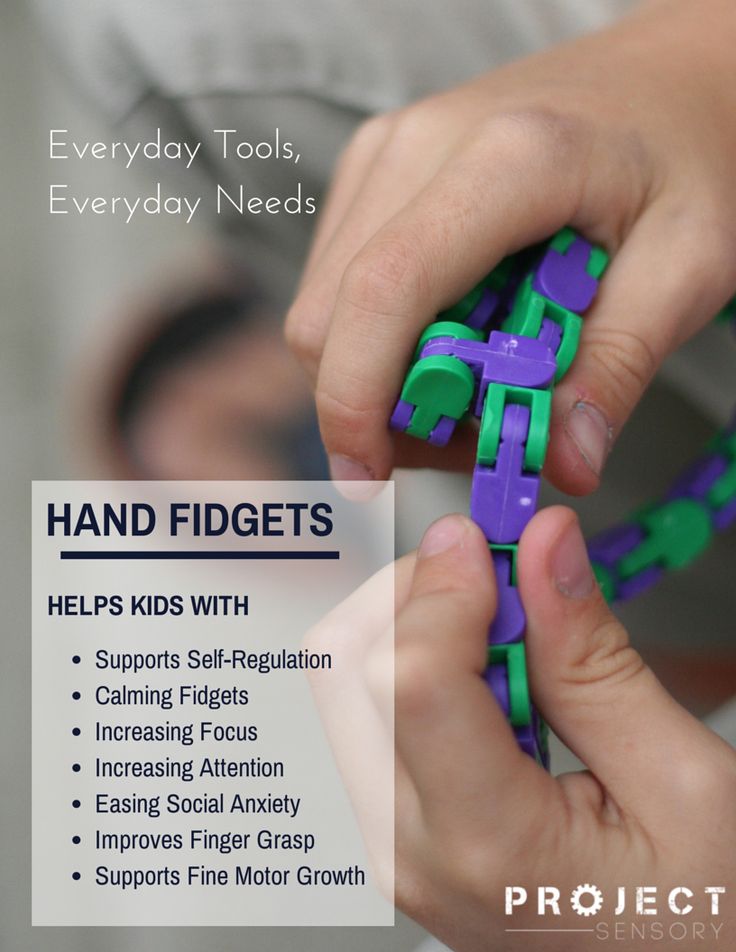 Only a specialist will help to distinguish this and determine exactly whether it is a norm or a diagnosis.
Only a specialist will help to distinguish this and determine exactly whether it is a norm or a diagnosis.
There are many features in identifying this syndrome, for example: look at how the child behaves at home and in a team (for example, in kindergarten). If his activity is the same everywhere: he interferes with other people, he receives constant complaints from other parents, he is equally noisy both at home and in other places - then this may be one of the signs of hyperactivity syndrome. Because the syndrome is uncontrollable and if the child cannot restrain himself, then he does not restrain himself everywhere. In this case, there is a reason to contact a specialist. And if the behavior of the child at home and in the team is different (he is noisy only at home), then you can simply support his nervous system with the help of special children's soothing over-the-counter products.
How can you help your child calm down?
From the age of 3, a child can take, for example, a children's soothing vitamin complex in the form of gummy bears " Baby Bear Formula Calmness " from the company "Evalar". They contain glycine (rarely where you can find it in the form of marmalade, as in this preparation), anti-stress elements magnesium and vitamin B6, enhanced by soothing extracts of lemon balm and mint. They help to maintain the nervous system of the child under increased stress, have a calming effect, help reduce excitability and anxiety. When the child is awake, they help increase concentration and perseverance. And at night they help normalize sleep. This effect is ensured by a balanced selection of components.
Their great advantage is that in the form of delicious gummy lozenges, children will take them more readily.
" Baby formula Bear Calmness " are intended for children from 3 years old for course admission. They are produced according to the international GMP quality standard from high quality ingredients, without GMOs, artificial colors and flavors.
13 Tips for Parents and Teachers on Teaching Hyperactive Children
The child cannot do the same thing for a long time and is often distracted.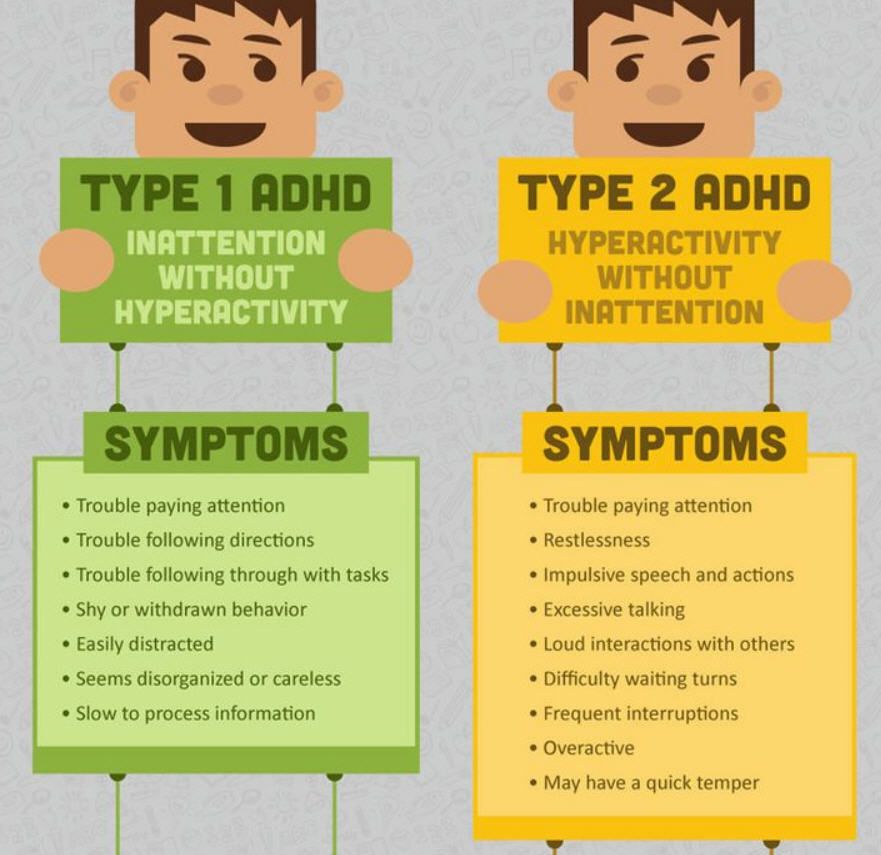 Abruptly takes off and starts running around the room or school. These can all be signs of Attention Deficit Hyperactivity Disorder (ADHD). Panic early! Such children can also be successfully taught if you know how to work with them. Psychologist, psychotherapist GMS Clinic Inna Pasechnik compiled a memo on working with hyperactive children.
Abruptly takes off and starts running around the room or school. These can all be signs of Attention Deficit Hyperactivity Disorder (ADHD). Panic early! Such children can also be successfully taught if you know how to work with them. Psychologist, psychotherapist GMS Clinic Inna Pasechnik compiled a memo on working with hyperactive children.
The physiological characteristics of children with ADHD are the following manifestations:
1. The child needs to constantly move, it is difficult for him to sit straight during the lessons: such children are distracted, talk in the lessons, "spin", sway, sit with their legs under the buttocks, when tired, their motor activity increases.
This is due to the peculiarities of the brain in children with ADHD, they need a constant supply of nutrients to the brain, which is possible only when moving. If a child with ADHD is persuaded to sit quietly, it will be more difficult for him to think.
In this regard, it is recommended to allow a certain level of motor activity to the child during the lesson.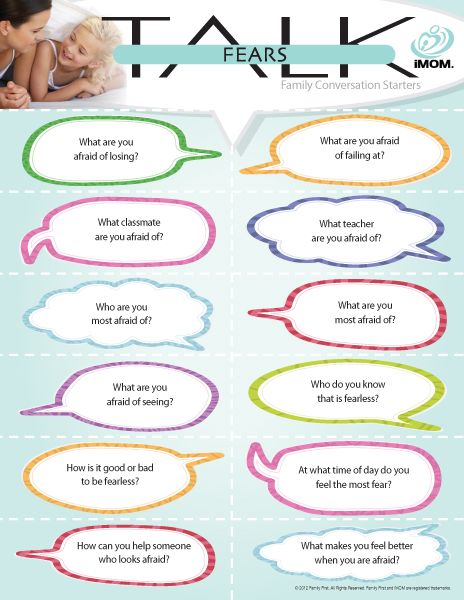 If the child gets tired, then allow him (find a legitimate reason) to walk around the class or do some active exercises (wipe off the board, distribute notebooks, go for water).
If the child gets tired, then allow him (find a legitimate reason) to walk around the class or do some active exercises (wipe off the board, distribute notebooks, go for water).
2. The child is very tired of the routine, it becomes unbearably boring for him to do the same type of tasks if he has already figured it out.
In this regard, in the world pedagogical practice, it is customary to reduce the number of tasks of the same type (including homework) for children with ADHD by 30%, not to require them to complete all the examples, if the child has already mastered the topic. The number of repetitions in children with ADHD does not affect the quality of information assimilation.
In addition, it is acceptable for a child with ADHD to be able to draw in a draft or twist something in his hands during the lesson. They tend to do several things at the same time, which does not affect the quality of perception of information in the lesson. Otherwise, the child begins to distract his neighbors by actively moving and talking to them.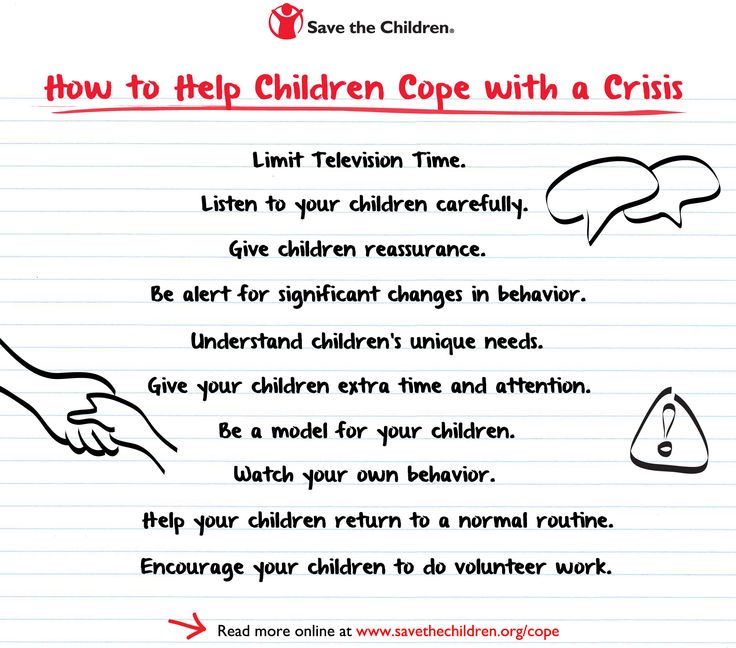
3. A child with ADHD is most often not able to beautifully and neatly arrange his work, he allows corrections, blots, inaccurate design of assignments.
It is recommended to pay attention to the content of the work, and not to the quality of its design, since a regular decrease in the score for an incorrectly designed work will significantly reduce the motivation to study.
4. Children with ADHD are afraid of large volumes.
If a child with ADHD is immediately asked to complete 20 examples, he will be frightened and fall into a stupor or despair, as large amounts of work scare them. However, if a child is given the same 20 examples on separate cards 5 times 4 examples each, it will noticeably improve his performance. The child will be happy to complete all 20 examples, in addition, this will be a good opportunity to move between receiving the next card. Thus, children with ADHD need to divide large amounts of tasks into several small parts.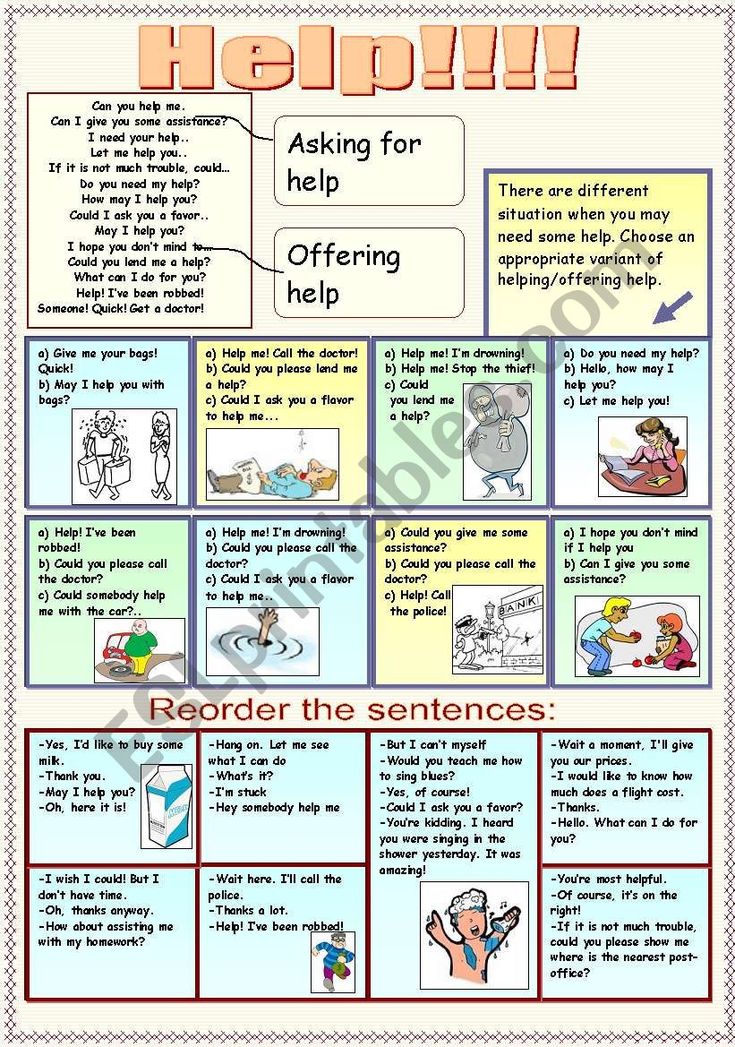
5. A child with ADHD may forget everyday things and some items when completing a task according to a plan, they may even forget the ultimate goal of the activity (poor working memory).
Often, children with ADHD get their grades lowered because they forget to do part of the tasks in the exercises. It is recommended to separately concentrate their attention on all the items of the task in the exercise. For example, asking this particular child what you need to remember to complete in the task.
In addition, these children tend to forget their things. Therefore, they can be reminded of them more often or separately encouraged for not forgetting to take everything with them. It is effective to use "reminders" - small notes, stickers in a pencil case or announcements on the wall, thanks to which the child can remember to take a thing with him, go somewhere or do something.
6. A child with ADHD is often distracted.
It is advisable to seat children with ADHD closer to the teacher so that it is easier for them to concentrate, and in case the child is distracted, lightly touch his hand so that he can concentrate again.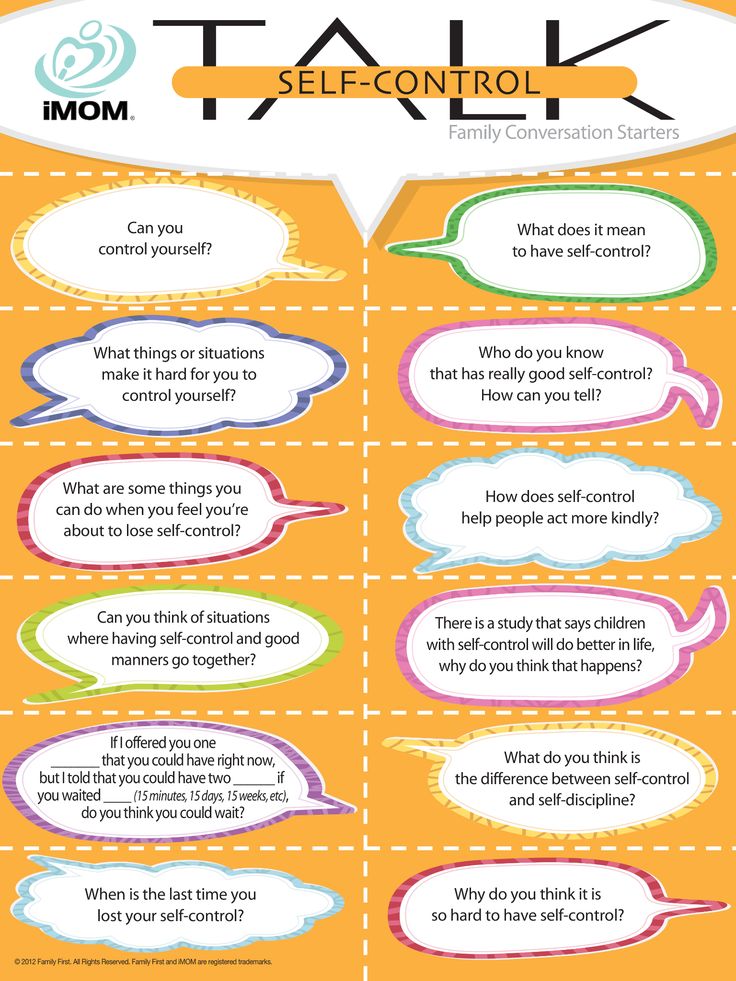 It is possible to specifically discuss with the child the ways by which he can not be distracted in the lesson.
It is possible to specifically discuss with the child the ways by which he can not be distracted in the lesson.
7. Children with ADHD have poor time orientation.
It has nothing to do with the intellectual development of the child. However, a child with ADHD often does not notice that more time has passed than he intended. As a result, the children are late, I don’t have time to finish something. In such cases, it is recommended to either remind the time yourself, or teach the child to set a timer, or set a timer or an hourglass so that children can see them and be able to navigate on their own.
8. A child with ADHD can be very interested in something, this is his strength, so if the child is unsuccessful in something, then you can restore his authority in the eyes of classmates by involving him in activities in which he showed interest and showed your awareness.
9. Children with ADHD are impulsive.
It is difficult for a child with ADHD to restrain himself from shouting out in class if he knows the answer, it is difficult for him not to interfere in the activity if something interesting happens to him.
In the lessons, it is possible to introduce special tablets on which children can fix the answer to the teacher's question so that they do not have to endure if another student answers. It is also possible to introduce a special encouragement for the child, if he did not cry out, showed patience. For example, if the child refrained from impulsive action, allow him to distribute notebooks.
10. Children with ADHD are emotional.
In this regard, they can be very offended if something does not work out for them or classmates do not communicate with them (children with ADHD are very sociable: they like to talk, chat with everyone). In this case, the child needs support or help in building relationships with classmates, you can intervene in the children's play and assign roles, showing the child how he can participate in the game. Otherwise, conflicts may arise between a child with ADHD and other children.
11. A child with ADHD can be taught to do those things that are difficult for him for physiological reasons, but for this he needs to create external motivation.
For this, an incentive system (bonus system) is used. It can be used in conjunction with parents. For example, several rules (3 rules) are introduced that the child must follow at school, for the fulfillment of which the child receives “pluses” from the teacher in a special diary (the child prepares such a diary himself at home, beautifully arranging it). Rules should be short and specific. For example, “wait for the teacher to ask you, do not shout out”, “do all the tasks in the class”, “write all the examples in a notebook”, etc. At the same time, for the implementation of the rules at each lesson, the child receives plus signs, a plus sign is put every time when the child follows the rule. Next, parents reward the child for a certain number of “pluses”. For this house, a list of rewards is compiled: each "bonus" is worth a certain number of "pluses".
This system is exclusively a system of rewards, that is, “minuses” are not set and “pluses” do not burn out.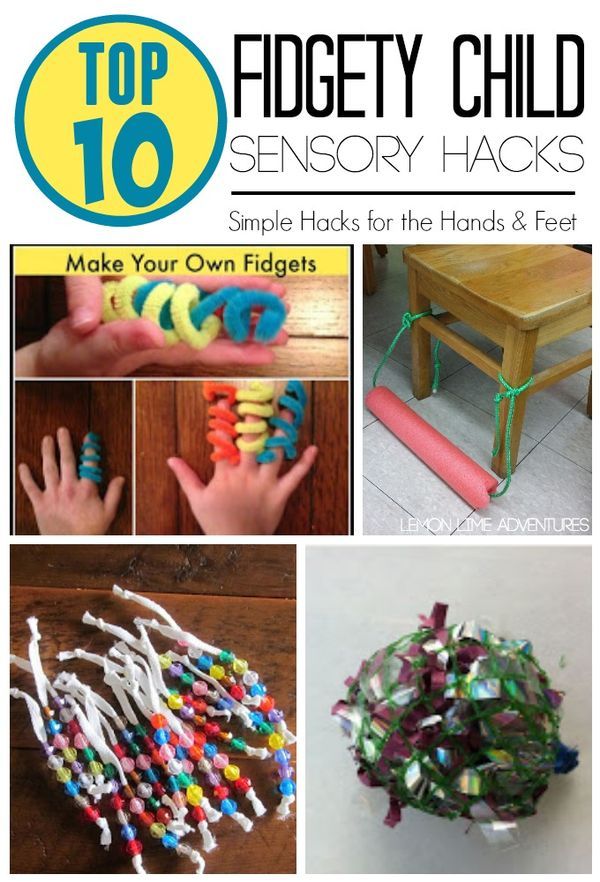 This is due to the fact that the behavior of a child with ADHD is so restless that he will lose “pluses” faster than he accumulates them, and thus the system will stop working, the child will lose interest in it and, as a result, it will be impossible to motivate the child with something .
This is due to the fact that the behavior of a child with ADHD is so restless that he will lose “pluses” faster than he accumulates them, and thus the system will stop working, the child will lose interest in it and, as a result, it will be impossible to motivate the child with something .
Children with ADHD need to be led only on a reward system, the punishment system either does not work or quickly leads children with ADHD to depression, which also worsens their behavior.
12. The system for developing the skill of desirable behavior can also be used for the entire class as a whole (B. Furman's system "Kid's skills" - there is such a book).
In this case, one skill is selected, which the whole class learns. For example, be ready for the lesson on time. This means that as soon as the bell rings, the children should stand exactly near their desks, the things needed for the lesson should be on the table. If all the children were able to do this, then the teacher praises them and puts the ball in a special jar.